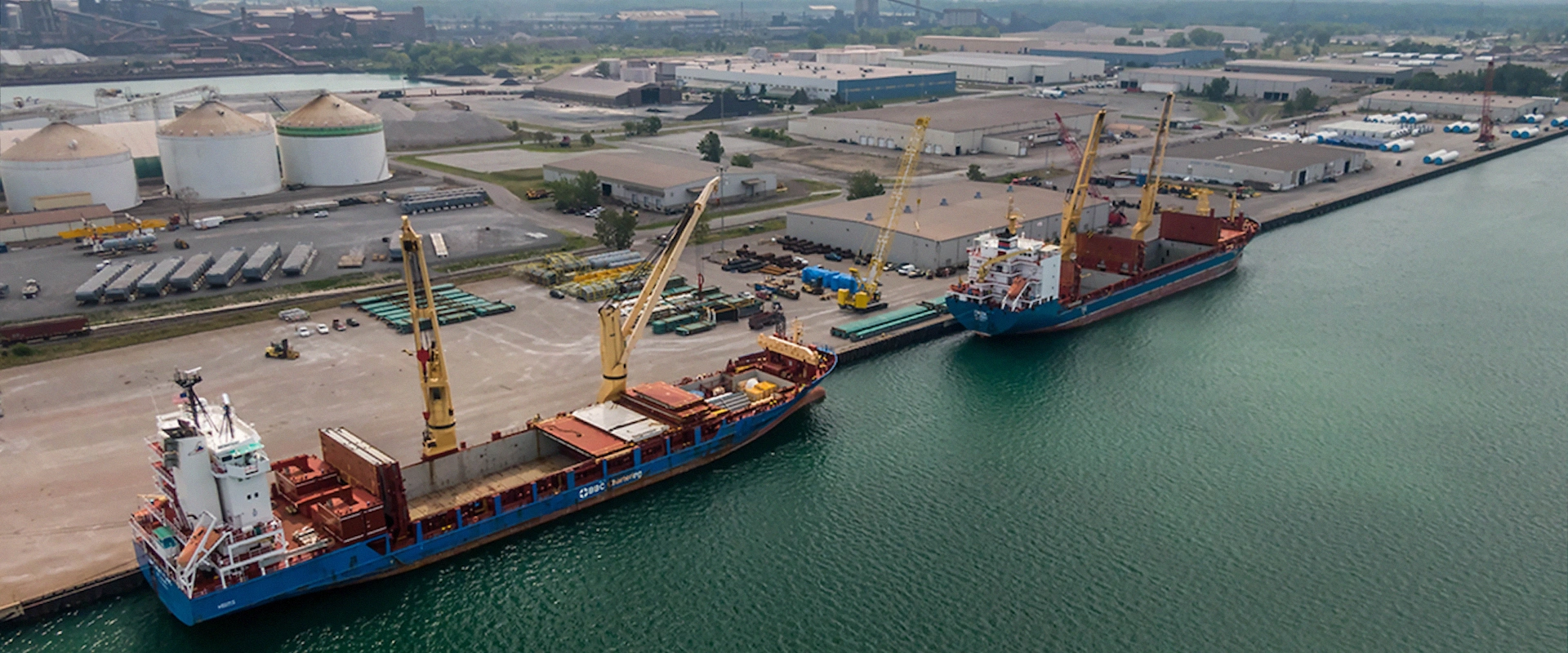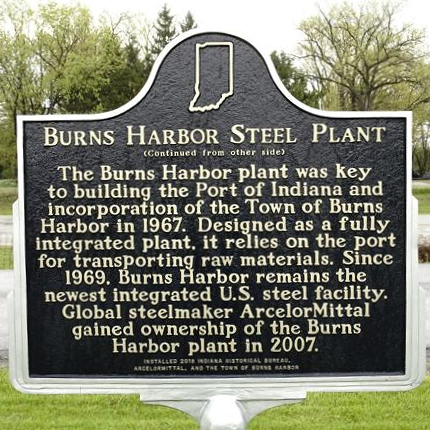
07-19-2024
Earlier this month, the Ports of Indiana received federal approval to build a container terminal at Burns Harbor in Northwest Indiana. Expected to be operational in 2026, this will be the first container port in the Chicagoland area and the first on Lake Michigan.

Currently, Burns Harbor operates as a major port for the steel industry, handling non-containerized cargo. Goods arriving at Burns Harbor are therefore unloaded from a ship or barge in a lengthy unit-by-unit process. For example, steel coils may be lifted off of a ship and individually loaded onto trucks.
A container port, by contrast, allows a standardized container to be removed from a vessel and directly transferred onto a rail car or truck chassis for delivery to its final destination, or set in storage among other containers. Containerized cargo accounts for approximately 60% of all goods moved worldwide. Therefore, the addition of container capability opens up many new possibilities for the Ports of Indiana to work with industries such as pharmaceuticals and consumer packaged goods.
The likeliest goods to pass through a container port at Burns Harbor will be imports from Europe that travel through the St. Lawrence River to the Great Lakes, instead of arriving at an East Coast port and making the journey to Chicago by rail. This gives shippers more options and potentially reduces freight costs, a boon to small- and mid-sized businesses that have seen huge volatility in pricing since the beginning of the COVID-19 pandemic. Further, shipments arriving in the Midwest via a water route have lower carbon emissions than comparable rail routes.
The water route does produce some challenges, as the Great Lakes are not navigable year-round, but it’s clear that container handling capability at Burns Harbor has the potential to transform supply chains throughout the Midwest.
Amy David is a clinical professor of management in the Mitchell E. Daniels, Jr. School of Business. She teaches experiential learning in operations management, and undergraduate and graduate courses in production planning and control and supply chain management. In 2020, she was recognized by the website Poets & Quants as a “top 50 undergraduate business professor,” and she received the Council of Supply Chain Management Professionals Teaching Innovation Award in 2022.